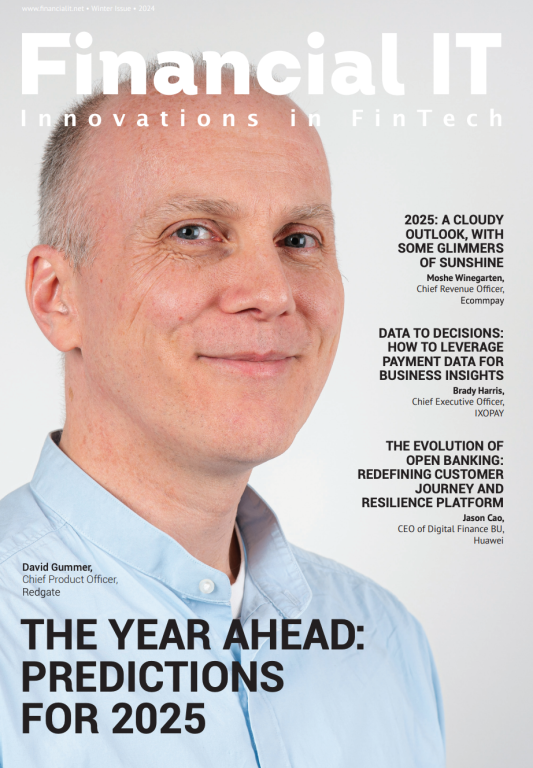Building Intelligence – Part 2

- Parth Desai, Founder and CEO at Pelican
- 28.09.2016 08:15 am undisclosed
While there are potentially endless opportunities for the technology in financial services, there is currently a gap in understanding how Artificial Intelligence (AI) works.
As part of a series of blogs looking into what it means for the financial services industry, I have already explored the basics of AI. In this blog, I will look at how we can begin to implement the technology – and how different types of ‘knowledge’ encoded into a machine can achieve different outcomes.
Required knowledge
Essentially, knowledge is what makes computers intelligent. However, there are different types of knowledge that all need to be applied to varying degrees in order to carry out their purpose. Therefore, we need to understand how the categories work and how it can be used in a machine.
Based on the uses of knowledge, there are three types of AI machines. The first, smart machines, are based on common sense and can be seen in applications such as Google’s search functions or Siri’s understanding of language.
Intelligent machines – the second tier – are based primarily around specific domain or industry knowledge, but which also apply common sense or domain understanding when required. The third level, expert machines, are focused around solving a very specific problem, such as the chess playing Deep Blue, or robo advisors in wealth management, using the expert knowledge.
When we talk about AI, we are generally referring to the third level of expert machines. Where the real benefit lies, however, is in that second tier, which combine the best of the first and third tiers while remaining focussed on a specific domain. This can ease the workload burden by automating processes that have previously required human understanding, such as screening sanctions or handling deviations in payments.
Knowledge management
But how do we achieve this? The success of AI will depend on how we create and manage knowledge for machine use. The two main challenges for this are how can data be converted into knowledge and how to ensure the right knowledge is provided to AI machines.
Let us say that a bank wants to automate its payments system using AI. The first thing it needs to do is to ‘extract’ information from the humans already doing that job, looking at what information they are using and how they go about using it in their daily processes – for example, what they block and what they allow in sanctions checks.
The information needs to be relevant and accurate in order to work efficiently. This, along with the practical domain insights from human sources, creates knowledge.
The human touch
Human input will still be needed. These machines, unlike standard computers, have to understand and learn, and the knowledge given to the machines has to be validated in practice. Specialist ‘Knowledge Engineers’ will be responsible for this, educating machines in the same way we teach children and refine processes.
Finally, this knowledge needs to be encoded to be used by an AI machine capable of natural language processing, which can then apply specialist and common sense understanding in order to solve a problem. The bank has now introduced AI into payments.
AI represents the next step for the financial sector to improve efficiencies without compromising results – and arming yourself with the right knowledge will be key to its success.





















